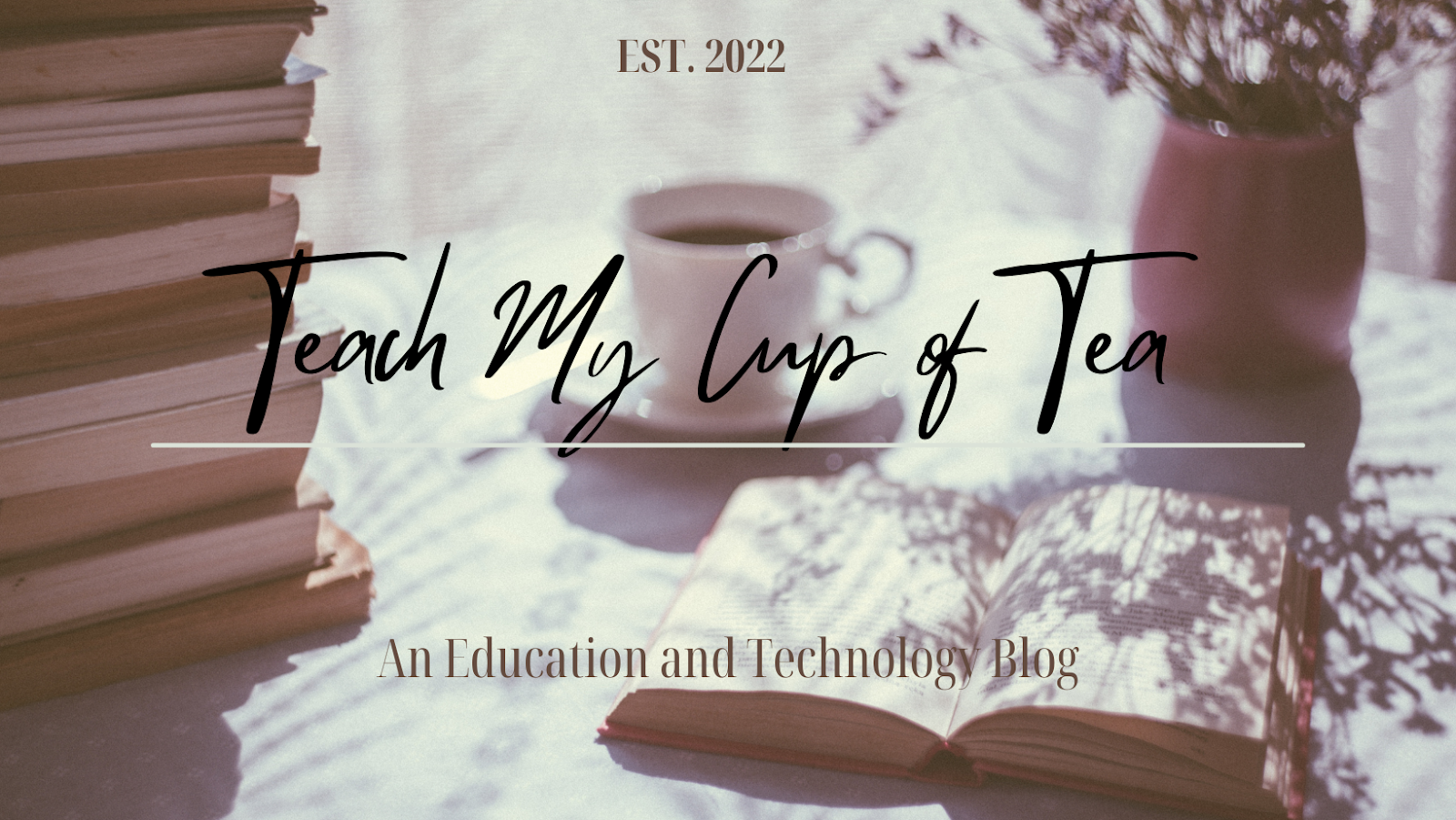Technology Within ELA
1. Social Media - such as an Instagram dedicated to just a student's written work.
2. Online Blogs- This is a great and free option for students to share their writing and receive/give feedback.
3. Writer Websites - Sites like Wattpad and Commaful are resources that allow a person to share their writing.
And even though I am currently a student, I do feel that I could teach this lesson the 9th and 10th-graders in an efficient manner. After all, I'm sharing my own published work on this blog, aren't I?
Another reason I would feel confident teaching this lesson is thanks to the resources found on CPALMS, which is a website with lesson standards and resources for Florida teachers, students, and parents. One of the resources I looked into that would help for this particular lesson was about distinguishing the difference between a passive voice and an active voice. This is crucial when writing, especially online where no one can see your body language or the tone in your voice. The resource had videos to go with it to help explain the objectives and what ways students can revise their writing to have an active voice and not a passive one. This tool will be additionally helpful when students are reading their peers' work as well. They will be able to give constructive and useful feedback.
As you can tell, there are endless possibilities with technology in the classroom, especially when it includes ELA work. However, there has to be a downside...right?
Internet searches can come up with useful sources, and some that are questionable. But how do we learn to separate them? This is why both teachers AND students should have skills in how to successfully use internet searches, such as Google.com or their schools' library. Using keywords, operations, and advanced searches will allow a person to weed out their results and find what information they may need while maintaining a credible reputation. For more tips and tricks, check out this useful YouTube video.
Until Next Time!
À bientôt!
-Renee Brady




Comments
Post a Comment